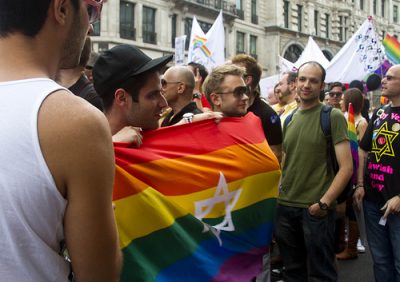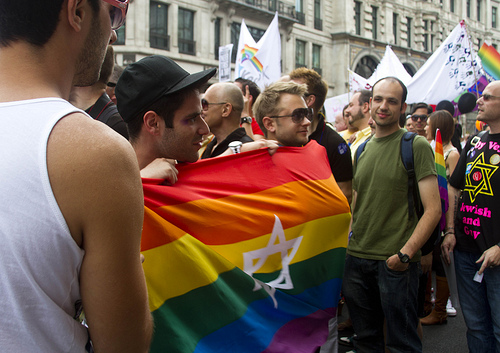
In past blogs, I have talked about progressive Judaism at length. I’ve written about queering Jewish spaces. I’ve explored the burgeoning institutionalization of Jewish atheism. I’ve critiqued the bureaucracy of conversion in Israel and for immigrants. Sometimes, the reaction to these pieces is positive.
Thanks for that.
Other times, the reaction goes something like this: “How much farther can liberal Judaism go? Any farther and there won’t be any Judaism left.”
This is something I think about a lot. Too much. But it’s a fair question.
On the surface, Judaism is the remnant of thousands of years of linguistic, intellectual, artistic and spiritual culture that originated somewhere in Canaan, with the worship of a pantheon headed up by the god El. Eventually, El migrated to the Hebrews, met a guy named “Abram,” and well… the rest is history. On the surface. In reality, Judaism is an amalgam of perspectives on all these subjects and more. Each of these perspectives has a name. And each of these perspectives is unique.
What’s fascinating about Judaism is how its unassuming roots have transformed into a vehicle for countless lives to express pleasure, pain, stigma, acceptance, love, sexuality, and more. All this from a ripped-off Canaanite “mountain god” and a tiny semitic people who have outlived numerous empires.
The Jewish capacity for reflection and reinvention is stunning. It’s the most beautiful component of the faith. And it’s radical, far more radical that we often give it credit for. After the destruction of the Second Temple, Judaism essentially remade itself. From scratch. Out of the tatters of its once-proud faith, an entirely new thing was formed. A new liturgy. A new language of expression.
Each time it has faced extinction, or a crisis of continuity, it has responded radically and reasserted its voice in the contemporary conversation. This has all been said before. But it’s worth saying again, if only as a starting place for the conversation about Judaism’s future.
Where do we go from here?
Queering Jewish spaces is not enough. And it is far from the radical desertion of the faith it has been made out to be by self-isolated caricature artists on the extreme end of the spectrum. Accepting the presence of Jews of color, converts of all stripes, atheists, radical mystics and others is nothing compared to the total reinvention of a faith out of the ashes of its destruction. To pretend it spells the end fundamentally underestimates what it was to begin with.
Judaism has seen, and will continue to see, drastic changes in form. Like language, which evolves — often unwittingly — Judaism is a means of expression for a more diverse collective of people than is often seen in synagogue ads, Chabad booklets and federation photo ops.
As progressive Judaism evolves, I envision a faith that is post-ethnic, post-queer, and gender diverse: one that maintains its legacy of needed social critique and ideological diversity. A faith rooted in the “temples” of each religionist that gives it new life, that breathes into it that particular neshama that animates them.
How far can we go? Farther, farther and then some.

